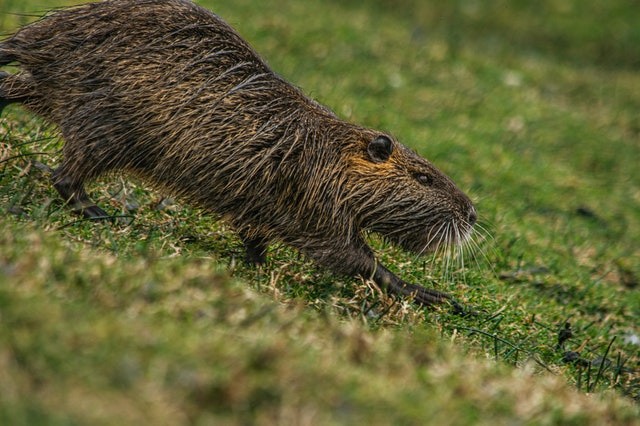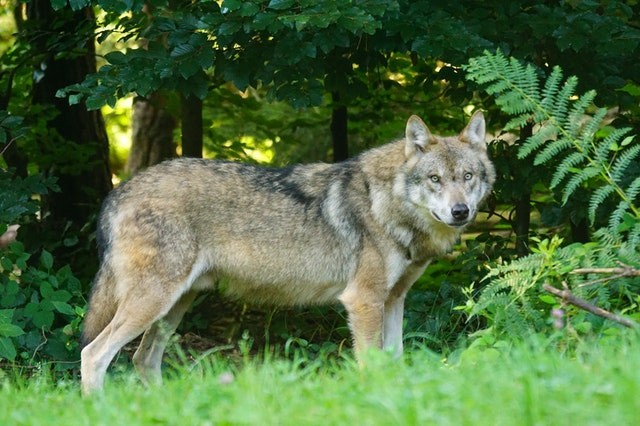
Lonely wolves game on smaller animals and uses specialized strategies to attack unsuspecting rodents. Wolves use different methods to bring down their prey which means the technique they use depends on the prey they're hunting.
When wolves wander, they usually run after large animals like elk and deer until their prey is weakened. Nevertheless, As reported by scientists on February 09 in the Journal Behavioral Ecology, lonely wolves sometimes game on smaller animals like beavers and they use specialized strategies to attack unsuspecting rodents.

Large Predators and Their Prey
For over five years, researchers in northern Minnesota observed the predators at different locations where they were known to stake out beavers. Due to the beaver's poor eyesight, the wolves took advantage of it by waiting a few meters to the spots where the animals patronized and obstructing their more sophisticated sense of smell by laying low.
A biologist at the University of Minnesota and co-author of the new findings, Thomas Gable says "It shows a lot of flexibility in their hunting strategies, A lot of large predators have particular ways they hunt and kill their prey; for example, cougars are ambushing predators for the most part." But by contrast, wolves look to adapt their tactics to the kind of prey they're hunting.
Beavers Are Not Fast-Food For A Hungry Wolf
Generally, beavers are not easy meals for a hungry wolf. Amid their short journey onto land, beavers stick very close to the water so that if a predator shows up, they can quickly run off to safety. Gable made it known that beavers are these sometimes 50-to-60-pound hunks of muscle shaped like a football. They also have incredible bite strength with really sharp teeth that could do some serious damage.
In the surrounding lands and forests of Voyageurs, wolves feed on large portions of beavers during the warm months, but in the summertime, prey like deer and moose are well-fed making it harder for wolves to feed on the beavers. So, wolves usually go after smaller prey on their own.
Wolves Chooses Were To Lay Waiting For Beavers
Beavers are somehow predictable as they return repeatedly to an obvious pathway to cut down vegetation for their dams and lodges. "Wolves can always go to a beaver pond that's active and beavers will be coming on land.
To have a better understanding of how wolves choose where to lie in anticipation for the beavers, Gable and his colleagues fitted GPS collars on 32 wolves to track their movement. They went to sites where the wolves had spent time and searched for signs of beaver activity. Flattened Vegetation and scattered hair gave the team signs of where the wolves had waited.
Nevertheless, the formula used by wolves when they did attempt to ambush beavers suggests the fact that the behavior is widespread. This behavior is likely widespread not only in our area but beyond our area because wolves travel in and out of our area often." Gable says.
RELATED ARTICLE: 2020: When Lions, Tigers, Wolves, and Other Large Carnivores Were Rescued
For more news, updates about wolves and similar topics, don't forget to follow Nature World News!
© 2026 NatureWorldNews.com All rights reserved. Do not reproduce without permission.





